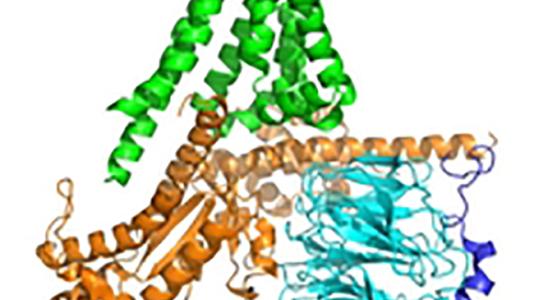
New pharmaceuticals and improvements to existing ones will likely grow out of this research, which helps scientists better understand how the body responds to drugs. More than half of all pharmaceuticals on the market work by stimulating or blocking responses from biological messengers called G-protein-coupled receptors. 791 GPCRs exist in the human body, and they work in 791 different ways.
The prize-winning research mapped out how these GPCRs trigger a domino effect among molecules to trigger reactions, from breathing to the production of chemicals thought to impede depression.
You’ve experienced GPCRs in action if you’ve used caffeine, allergy medicine, nasal sprays, eye drops, insulin, or high-blood pressure medicine. Yet in many cases, scientists don’t fully understand how the drugs produce their beneficial reactions.
“This is the type of work where it is easy to see why it was honored with a Nobel Prize, because it is really going to have a big impact on developments in medicine,” said Brian Stephenson, director of the Advanced Photon Source at Argonne.
Scientists have been trying to unravel the inner workings of GPCRs since they were first proposed to exist more than 100 years ago, but the technology to do that wasn’t available until a major advancement at the Advanced Photon Source. Scientists at the National Institute for General Medical Sciences and National Cancer Institute Collaborative Access Team started developing a micro X-ray beam that allowed researchers to study smaller and more fragile GPCR samples. That new technology attracted Brian Kobilka, of Stanford University, and he used it to conduct nearly all of the X-ray work that helped earn the Nobel Prize.
The prize traces the long arc of the research, which began in the 1970s with Robert Lefkowitz’s discovery of the adrenaline GPCR. In the 1980s and 1990s, Lefkowitz and Kobilka isolated and sequenced the GPCR’s genome. Finally, Kobilka worked with X-rays at the APS to determine the 3-D structure of the adrenaline receptor caught in the act of signaling. It provides the first clear picture of GPCR structures—which ball up like confetti strings and thread in and out of a cell’s membrane in an intricate pattern—and how drugs interact with them.
“The field is still digesting the research,” said Argonne’s Robert Fischetti, who led the development of the micro X-ray beam. “However, the implications are far-reaching.”
The APS beamline is funded by the National Institutes of Health’s National Institute of General Medical Sciences and the National Cancer Institute. The APS is funded by the U.S. Department of Energy’s Office of Science.